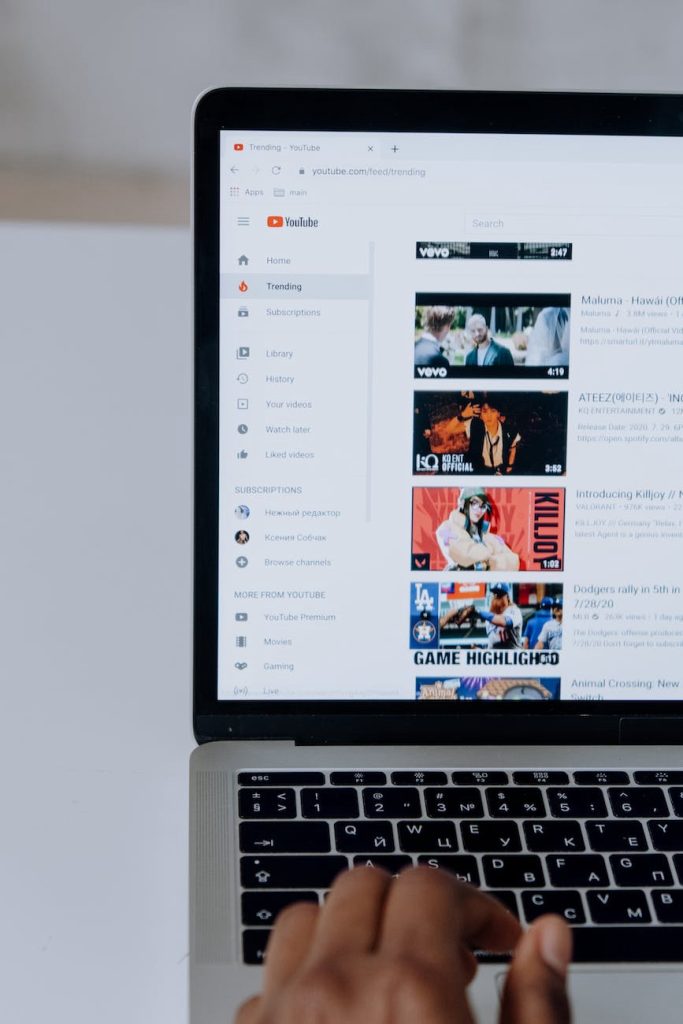In the realm of online video streaming, YouTube stands as an undisputed leader, a platform where millions flock daily to consume a plethora of content. Anyone who’s navigated YouTube knows it’s a mixed bag, offering everything from educational tutorials to the latest music videos. It’s a modern digital library at your disposal—but it comes with a catch: advertisements.
Ads are the unsung heroes that keep the digital wheels greased. Without them, our beloved platforms wouldn’t function as freely. It’s a business model well-understood by tech tycoons like Google. Ad revenue isn’t just pocket change; it’s the foundation of a multi-million-dollar industry. Intrusive as they may be, ads serve a vital function in the sustenance of free services online, from tech-centric sites like Halfofthe to the vast recesses of YouTube.
However, Google’s latest decisions concerning YouTube ads have sparked controversy and highlighted a perennial digital quagmire. Users have two choices in this ad-driven landscape: opt into a YouTube Premium subscription for ad-free content or endure a barrage of ads popping up on screens, whether you’re accessing YouTube from your browser or within an app on your device.
Google’s stance is unwavering: using ad blockers interferes with the necessary ad revenue flow—a non-starter for a company at the helm of the internet’s largest video platform. To ward off ad-blocking tactics, Google has admitted to delivering a “suboptimal viewing experience” to those employing such tools, regardless of the browser. This falls in line with YouTube’s Terms of Service, which consider the use of ad blockers a violation.

In response to these measures, frustration bubbles among users. The sentiment is clear—none of us relish ads, but they’re the toll we pay for “free” access. It’s akin to an implicit contract with YouTube: we watch ads, and in return, we delve into the vast ocean of content at no direct financial cost.
Yet, for those irked by the inescapable ad intrusion, there’s an unequivocal although unpalatable resolution—cease using YouTube. It’s a drastic remedy, dismissed by many as outlandish or impractical, but it symbolizes the ultimate consumer power: choice. By migrating to alternative platforms, users can potentially push Google to reconsider its ad strategies due to financial implications.
Despite the discontent, it’s clear that the platform isn’t in decline. YouTube remains a treasure trove, albeit cluttered at times by irrelevant content and questionable algorithms. It’s important to remember that user experience can be subject to Google’s overarching priorities, as the company exercises its right to monetize its services.
Indeed, the reality is stark—Google’s treatment might feel callous, a commercial Goliath flexing its muscles, but it’s not unlawful. Alternatives exist, and users are free to explore other video platforms, though the transition might come at the cost of leaving behind the unique ecosystem YouTube has cultivated.
In a power dynamic that heavily favors the tech giant, Google plays its cards with confidence, aware that its user base isn’t likely to erode in any significant way. Consequently, Google’s perceived indifference serves as a reminder of the unyielding influence of major tech corporations.
The crux of the matter is whether viewers are prepared to trade the nuisance of ads for the wealth of content that YouTube provides. If not, the only certainty is that YouTube, under Google’s dominion, will continue to set the stage on its terms, massive user base and all.
In essence, you’re not compelled to leave YouTube’s theater; you’re only asked to sit through a brief interlude before the show goes on. The question remains—if the ads grow too bothersome, will you choose to switch theaters altogether?



